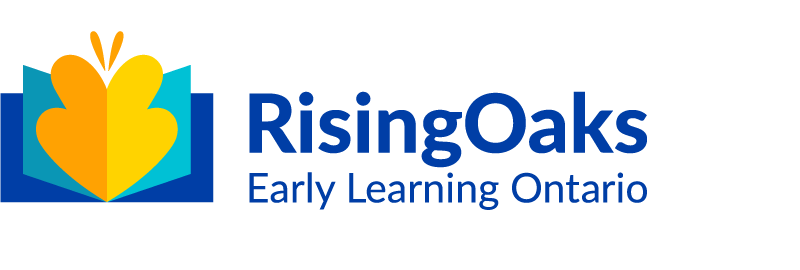The preschoolers in Preschool 2 classroom are preparing to transition to Kindergarten in September. To facilitate this transition, they have been engaging in a variety of activities focused on readiness skills, such as name recognition, counting, and fostering independence in tasks like personal hygiene. Additionally, they have been learning to express emotions verbally, learning to listen to their bodies and minds. As the beginning of school gets closer, the children engage in conversations about what school they will attend, getting new back packs and recent doctor or dental visits. The educators have been busy reading stories about kindergarten or listening to stories using YouTube. A recent favourite being "The Big Silly Crocodile," which promotes healthy eating habits to support growth. Inspired by “The Big Silly Crocodile,” I created an activity to discuss healthy and unhealthy food choices with the children. We began by identifying which foods are beneficial for our bodies and which ones are not, emphasizing the importance of nutrition for growth and strength. To further engage the children, I introduced two Velcro plates—one for healthy food and one for unhealthy food. Two children at a time wore these plates around their necks and selected food cards, placing them on the appropriate plate based on whether they were healthy or unhealthy choices. Some foods posed a challenge for the children to categorize, this led to further discussions at the lunch table. While enjoying lunch together we talked about healthy food choices, trying new foods, our favourite foods to eat and what our tummy feels like if we eat too many unhealthy foods or just too much food. Over the next few days, the children continued to show interest in categorizing foods, expanding on this we took the activity to the table, the children used scissors to cut out paper representations of various foods and sorted them onto paper plates based on their nutritional value. They also coloured utensils with crayons and markers. Some children enjoyed extending the activity by placing foods on the Velcro plates. Throughout this exercise, the preschoolers demonstrated their communication and cognitive skills by sorting food items, engaging in discussions, applying their knowledge, and drawing upon their experiences from home. This activity not only helped them develop fine motor skills through cutting and gluing, but also encouraged them to consider the impact of food choices on their growth and overall well-being.












